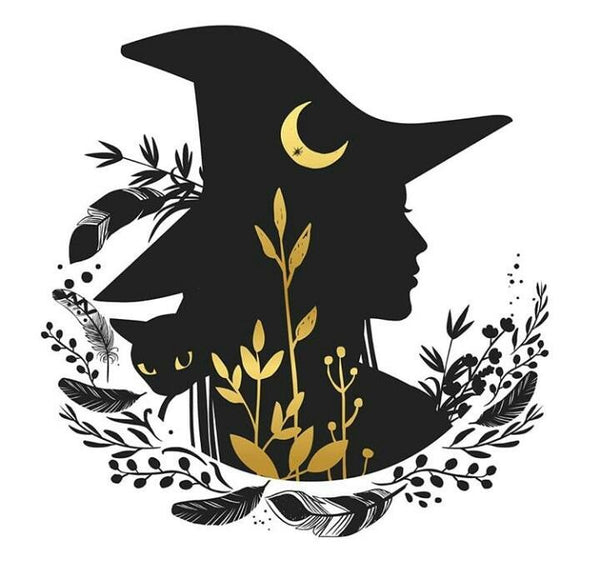
Imbolc: A Celebration of Light and Renewal
Share
As winter's chill begins to wane and the promise of spring glimmers on the horizon, we welcome Imbolc, a sacred festival celebrated on February 1st or 2nd. Rooted in ancient Celtic traditions, Imbolc honors the midpoint between the winter solstice and the spring equinox, marking a time of renewal, hope, and the returning light.
This sabbat is deeply tied to the goddess Brigid, a beloved figure associated with fertility, poetry, healing, and the hearth. She is a symbol of transformation and creativity, guiding us through the transition from darkness to light. During Imbolc, fires are lit, candles are blessed, and homes are adorned with symbols of warmth and growth to honor Brigid and the life-giving energy she represents.
The word "Imbolc" is believed to derive from the Old Irish phrase “i mbolg”, meaning "in the belly," symbolizing the stirrings of new life. This season mirrors the awakening of the earth, as seeds lie hidden beneath the frozen soil, preparing to sprout. Similarly, Imbolc invites us to nurture the seeds of intention we planted during Yule and trust that, in time, they will flourish.
Traditional Imbolc Practices
1. Lighting Candles:
Candles are a central element of Imbolc celebrations, representing the growing strength of the sun and the return of longer days. Lighting candles during rituals or around your home is a beautiful way to connect with the theme of renewal and illumination.
2. Creating a Brigid's Cross:
One of the most well-known symbols of Imbolc is Brigid’s Cross, traditionally woven from rushes or straw. These crosses are hung in homes as a symbol of protection and blessings for the coming year.
3. Cleansing and Purification:
Imbolc is an excellent time for spiritual and physical cleansing. Smudging your space, sprinkling saltwater, or simply decluttering your home can help clear stagnant energy and invite fresh beginnings.
4. Honoring the Hearth:
As a festival tied to the hearth fire, many celebrate by cooking hearty, warming meals, such as bread, dairy-based dishes, or soups, and sharing them with loved ones.
5. Nature Walks and Offerings:
Taking a walk in nature to observe the first signs of spring—like budding plants or birds returning—is a wonderful way to honor the season. Leaving an offering of bread or milk outside is a traditional way to give thanks to the earth and its spirits.
The Spiritual Significance of Imbolc
Beyond the traditional customs, Imbolc carries a deeper spiritual meaning. It is a time for introspection and intention-setting, as we begin to shift from the reflective energy of winter to the action-oriented energy of spring. This sabbat reminds us to nurture the small sparks of inspiration and creativity within us, just as the earth nurtures its seeds.
Take a moment during Imbolc to meditate on your goals, dreams, and personal growth. What do you wish to cultivate in the coming months? How can you align your actions with the energies of renewal and hope?
Imbolc in Modern Times
In today’s world, celebrating Imbolc can be as simple or elaborate as you like. You might light a candle in honor of Brigid, spend time journaling about your goals, or gather with friends for a small ritual. Whether through traditional practices or modern interpretations, Imbolc offers an opportunity to pause, reflect, and reconnect with the cycles of nature.
As the first stirrings of spring begin to emerge, let Imbolc remind you of the beauty of renewal and the power of intention. Embrace the growing light and trust in the seeds you’ve planted, knowing that brighter days are just ahead.
If you’re looking for beautiful Imbolc-themed pages to enrich your Grimoire, you’ll find them right here. Perfectly crafted to capture the magic of the season, these pages will be a stunning addition to your Book of Shadows.

